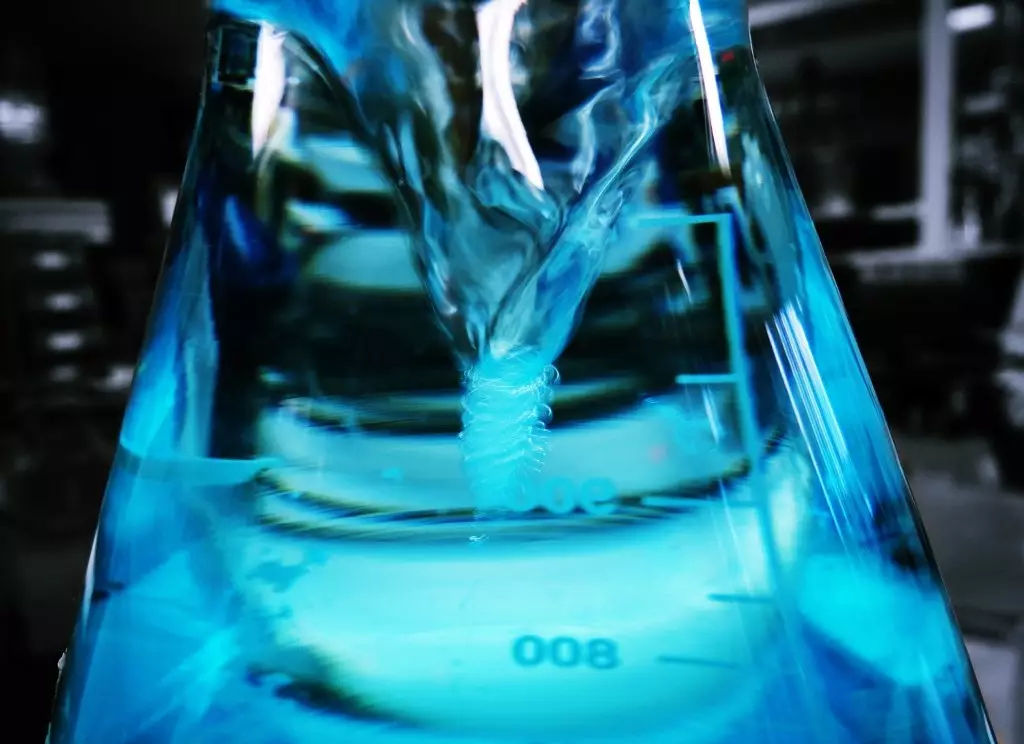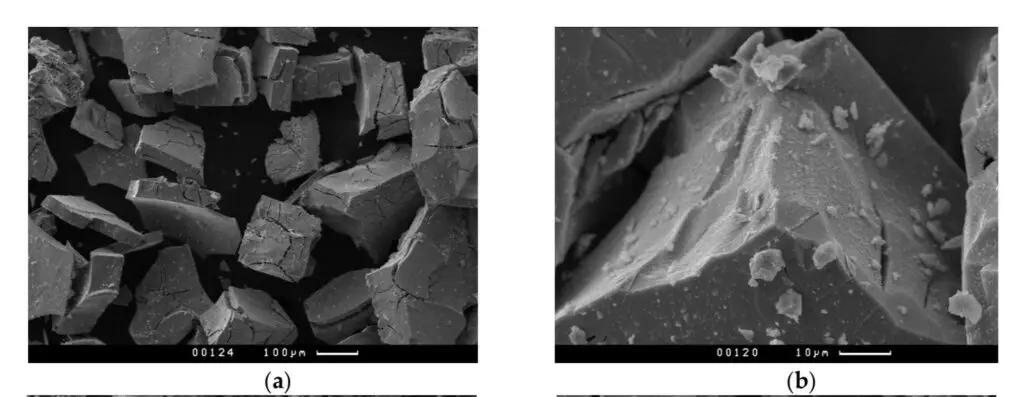
The results of the work are published in the Nanomaterials magazine. During the combustion of hydrogen, greenhouse gases are not formed, and fuel cells operating on its basis generate electricity with very high efficiency, and therefore hydrogen is considered very promising fuel.
Its modern industrial production is based on a joint conversion of natural gas together with a water vapor conducted at 1000 degrees Celsius, but a more eco-friendly method is a carbon dioxide conversion of methane, the raw material in which two greenhouse gas operates at once - CH4 and CO2. Unfortunately, the steam conversion catalysts in this process are deactivated and destroyed, and the use of universal catalysts based on platinum group metals (PT, PD, RH) is also impossible for a variety of reasons.
A promising candidate for carbon dioxide conversion catalysts is molybdenum carbide (MO2C). Its catalytic activity in reactions involving light hydrocarbons is comparable to platinum, and the price is much lower. In addition, molybdenum carbide is resistant to common catalytic poisons - carbon sediments and sulfur-containing compounds, which makes catalysts based on it sustainable with long work. However, molybdenum carbide is not distributed in nature and can only be obtained by synthetic.

In the traditional metallurgical method, it is synthesized due to the long-term temperature processing of metal and carbon, which leads to large energy consumption. Another common method is the thermostatic reduction of molybdenum oxides with a mixture of hydrocarbon gases with H2 or aromatic compounds.
This method needs less energy, but it requires increased security measures due to the use of explosive gases. In addition, in both methods on the surface of the molybdenum carbide, a carbon film is formed, which blocks a portion of catalytically active centers and thus reduces the efficiency of using the material. Therefore, scientists are looking for other methods for its synthesis.
In the PCTU, molybdenum carbide is proposed to be obtained using a method of liquid-phase synthesis of molybdenum blue (so-called dispersion of cluster compounds of molybdenum and oxygen). In the work, scientists performed the synthesis of MO2C in several stages. At first they received molybdenum blue themselves due to the reduction of the ammonium heptamolibdate solution ascorbic acid in the presence of hydrochloric acid.
And then molybdenum blue was dried and thermally decomposed at a temperature of 750-800 degrees Celsius, as a result of which the molybdenum carbide was formed. "The main difference of the work carried out by our scientific group is an integrated approach," notes one of the authors of the work, the associate professor of the Department of Colloid Chemistry of PCTU, Natalia Gavrilova.
In fact, we are not only engaged in the synthesis of highly dispersed particles, but we study each stage of obtaining catalytic systems, which allows, setting the main fundamental patterns, to synthesize the product with the specified properties - that is, molybdenum carbide with high catalytic activity. "
In the work, the researchers changed the ratio of molybdenum-containing substance and the reducing agent at the first stage of the synthesis and studied the structure of both the resulting molybdenum blue and molybdenum carbide itself, which is synthesized later from the dye. The catalytic activity of MO2C was evaluated by conducting the reaction of the conversion of methane CH4 (main component of natural gas) and CO2 into a gaseous mixture of H2, CO and H2O, that is, synthesis gas.
It has been shown that already at a temperature of 850 degrees Celsius, the degree of methane conversion is 100 percent, and samples synthesized with the highest catalytic activity, synthesized with a low content of the reducing agent in the initial mixture: with them the conversion CH4 and CO2 in synthesis gas occurs.
Thus, scientists found that the main role in the formation of the structure and texture of the catalyst plays the reducing agent and, by changing its content in the source dispersed systems, it is possible to obtain various modifications of molybdenum carbide and adjust the porous structure of the catalyst.
The developed method of synthesis flows at relatively low temperatures (compared to traditional methods), and the synthesized MO2C has a high catalytic activity, which opens up the ability to use this method to obtain massive catalysts on the carrier and catalytic membranes for various tasks - including the conversion of natural gas.
Source: Naked Science
